Developed alongside the Golf and sharing many of its common elements – not least its crisp angular styling – the Mk1 Scirocco has reached cult status among early water cooled classic Dub enthusiasts. Here’s a rundown of its history and some buying advice…
The original Scirocco, designed by Giugiaro and built by Karmann, made its debut in 1974 – a few months, in fact, before its best selling hatchback sibling. The first ones with a 85bhp 1471cc engine were called the TS, which was subsequently replaced by the 1588cc GL/S the latter of which had a velour interior, thick pile carpets and alloy wheels. The GTi engine from the Golf was installed in 1977 and called the GLi and at about the same time bigger plastic bumpers replaced the earlier chrome ones.
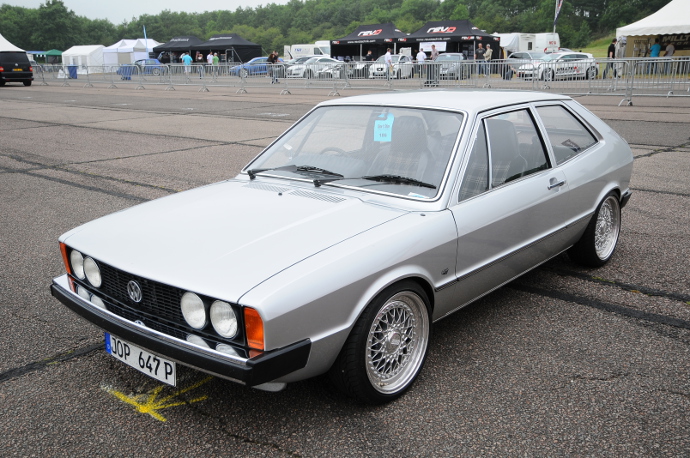
In 1979 a high-spec limited edition Storm version was offered with extra body kit and leather interior and a GTi badged model came along in 1980 with sports seats and a close ratio ‘box as used in the Golf. The Storm was re-introduced with a wider range of colours in 1981, before the model was replaced by the altogether more rounded Mk2 later that year.
Bodywork
Let’s start with what’s likely to be the biggest deal breaker – the condition of the body. In fact, you need to place the state of the exterior way above problems to do with running gear and the like when it comes to buying decisions. Mk1s can rust just about anywhere and everywhere and a rotten car probably isn’t worth bothering with. The worst hit areas are the tops of the front wings, door bottoms, wheelarches, sills, bonnets and inner wings. Tailgates also seem to suffer around the lower edge of the rear window which is a tricky area to repair. Bear in mind, rot in the rear beam mounting points is likely to prove terminal. Like the Mk1 Golf, the fuel filler neck can also corrode causing fragments of rust to be drawn into the fuel system. The condition of trim is important too, as replacements aren’t nearly as abundant as they are for the Golf.
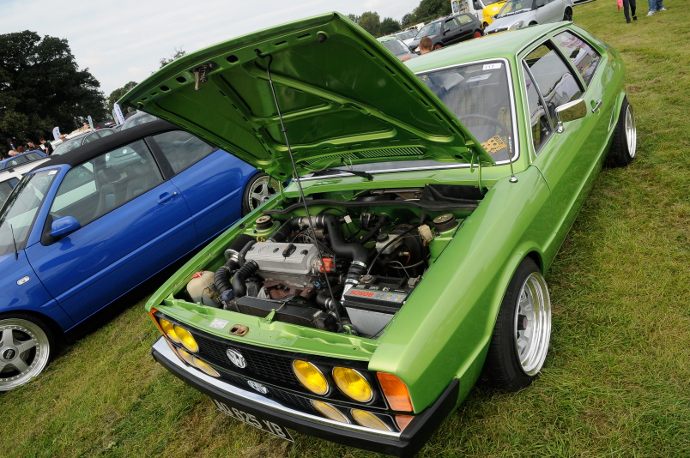
Engine
The ‘Rocco’s eight valve engine suffers all the same maladies as the same era Golf, so you’re looking for blue smoke which indicates valve guide wear and rough running which could point to issues with the Pierburg or Zenith carb. Ideally, you are looking for a low miler with proof of regular servicing.
Gearboxes are strong, but beware of worn linkages and be especially wary of graunching while shifting gears. A knackered synchromesh will mean a rebuild is on the cards.
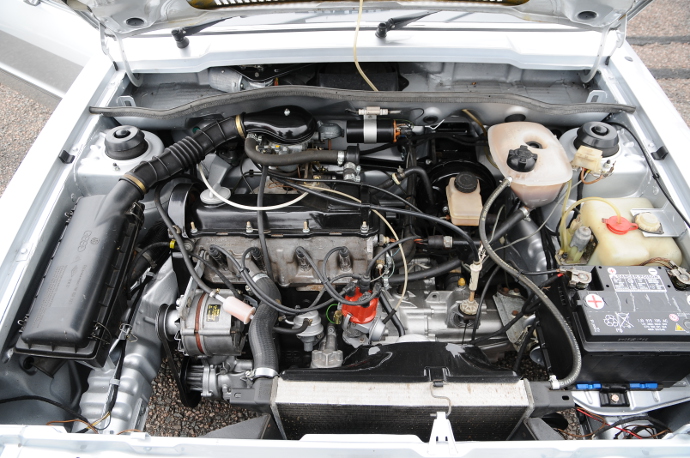 Running gear
Running gear
To be honest there’s very little to worry about here beyond usual maintenance and the great thing, obviously, is that everything is still readily available for this car here. Replacing the suspension top mounts, wishbones and rear axle beam bushes will transform the handling and ride of a tired car, so use any such wear as a negotiating tool. Check too for snapped springs.
Brakes are all good; there’s vented discs on the injected models and solid ones on the carburettor’d cars – and again, replacement parts aren’t expensive if you do come across problems.
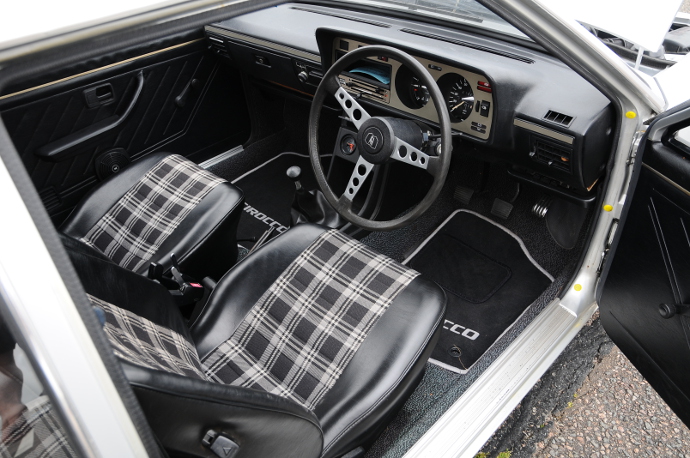
Interior
Generally speaking, the later the car, the more sumptuous they are inside. Chances are the rear seats won’t have been sat in, but the fronts can wear – especially around the bolster areas as you get in and out. Bear in mind, replacing the leather pews in the Storm model might be tricky. Dashboards can crack in the heat, especially around the heater vents, and it’s wise to make sure the heater works on all three settings. Check the boot for signs of water ingress because water can get in through the tail lights.
What to pay
Given that there’s so few for sale, it’s hard to be precise about values, but suffice to say you’ll pay a premium for a rare early TS. A half reasonable one might be as much as £6,000-£7,000 with a back wind. Ditto any of the early models with chrome bumpers. There’s a 1977 GLS with just 28,000 miles on the clock at 4 Star Classics for £15,995. Later GLi/GTi variants are also sought after and because their survival rate seems to be lower than the limited edition Storm, if you find one you might actually have to pay about the same as the bodykitted car. A good Storm will be £8,000.
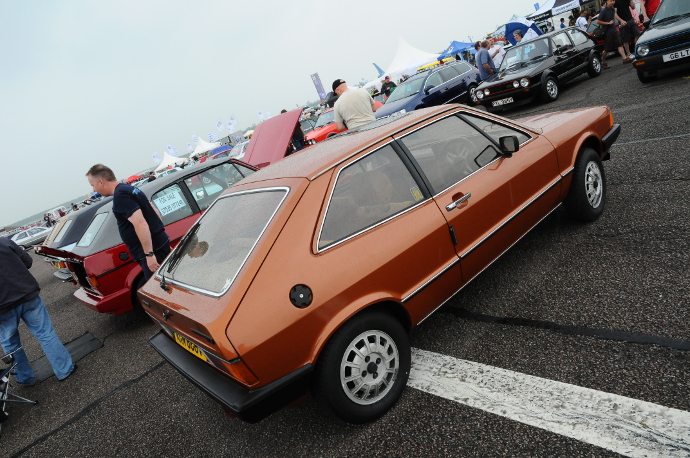
Perhaps the most affordable examples will be the later, bigger bumpered GLS models – £4,000-£5,000 should be enough for one of these in reasonable nick. If you’re in the market for one, be sure to join the Scirocco Register – they’ll know what cars are up for sale and will do the necessary hand-holding afterwards…
Happy hunting.
Ian
The opinions expressed here are the personal opinions of the author and do not necessarily represent the views and opinions of VW Heritage.


Hello I’m very interested in buying a mark 1 or mark 2 vw scirocco automatic could you please advise I’m based in the uk.
Best regards
Devah